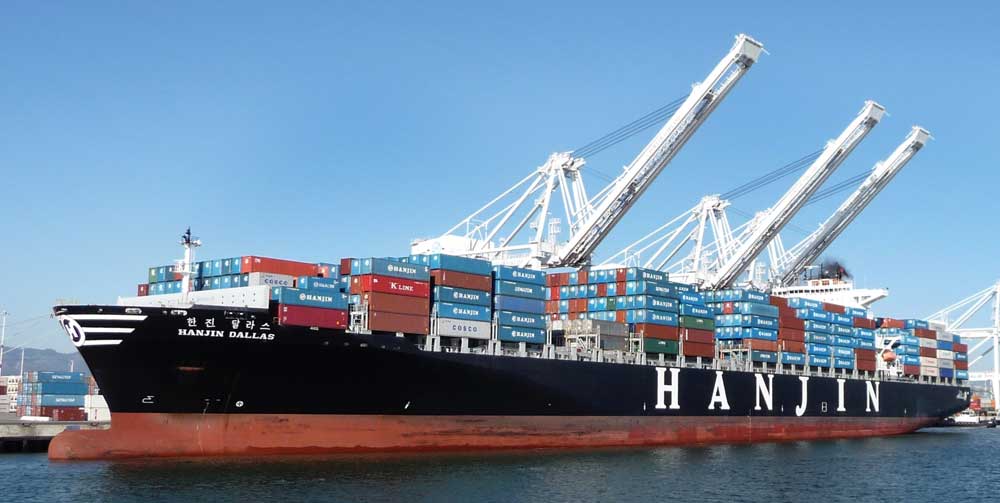In late August Hanjin filed for bankruptcy protection. As a result, dozens of vessels around the world were rejected by ports because the bankrupt line had no money to pay unloading fees. As a result those ships couldn’t get their cargo discharged. Hanjin Group, the parent company of Hanjin Shipping provided some emergency funding to allow some of the ships to finally make it to port, but this was still short of the $270m1 and more needed, so as a result most vessels are still stuck at sea.
One week after the filing, a report2 in the Wall Street Journal stated that more than 500,000 containers were still stuck on vessels at that time. According to the report, $14bn worth of merchandise is still stuck inside those containers.
This value is influenced by the critical issue of timing. The massive impact of this supply chain disruption couldn’t have come at a worse time as retailers and logistics operations begin preparations for some of the busiest weeks and months of the year. The bankruptcy of the Hanjin shipping line has thrown retailers all over the world into confusion worrying whether hundreds of tonnes of goods being carried by the South Korean company will reach shelves for the upcoming holiday season.
Effect on global retailers
Such is the potential impact that the National Retail Federation, the world’s largest retail trade association, has written to the US secretary of commerce, Penny Pritzker, and also the Federal Maritime Commission chairman, Mario Cordero. The NRF urged the politicians to work with the South Korean government, ports and others to prevent disruption. The association wrote that the bankruptcy was having “a ripple effect throughout the global supply chain” that could cause significant harm to both consumers and the US economy.
“Retailers’ main concern is that there [are] millions of dollars’ worth of merchandise that needs to be on store shelves that could be impacted by this,” said Jonathan Gold, vice president of supply chain and customs policy at the National Retail Federation. “Some of it is sitting in Asia waiting to be loaded on ships, some is already aboard ships out on the ocean and some is sitting on US docks waiting to be picked up. It is understandable that port terminal operators, railroads, trucking companies and others don’t want to do work for Hanjin if they are concerned they won’t get paid.”
Dealing with Disruption
In unforeseen events that may cause inevitable supply chain disruption there is normally one thing that separates the retailers that are impacted the least (win) from the ones that are impacted the most (lose). The answer has nothing to do with being able to control the unpredictable but more to do with responsiveness and the ability to react to circumstances quickly.
Retailers and logistics operations with an agile supply chain that allows them to make adjustments seamlessly and rapidly will always be impacted the least. Real-time visibility in a networked supply chain can allow retailers to make quick real-time decisions on re-routing goods or inventory that are instantly communicated across the supply chain. When disaster does strike, retailers with networked supply chains are the ones that can switch to alternative methods of transport or suppliers and so protect their ability to still sell.
As an example, those organisations that manage their global supply chain on the GT Nexus Platform are in much better shape. As soon as news of the situation broke, companies with over 30,000 containers on Hanjin boats used the cloud-based supply chain and logistics platform to identify immediately which shipments were effected and they were able to prevent larger damage by reacting quickly, early on. This included booking alternative carriers and re-routing goods. Looking forward it is clear that this level of technology will be critical for those companies reliant on shipping, in order to keep retailers ship shape  throughout some of the busiest periods of the year.
throughout some of the busiest periods of the year.
Boris Felgendreher, GT Nexus
2 http://www.wsj.com/articles/billions-in-cargo-remains-stranded-at-sea-1473285117













